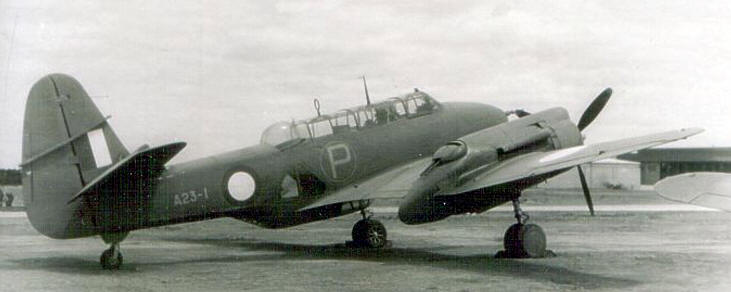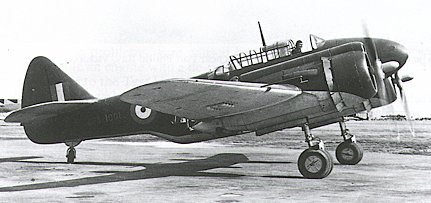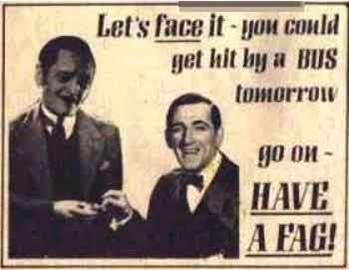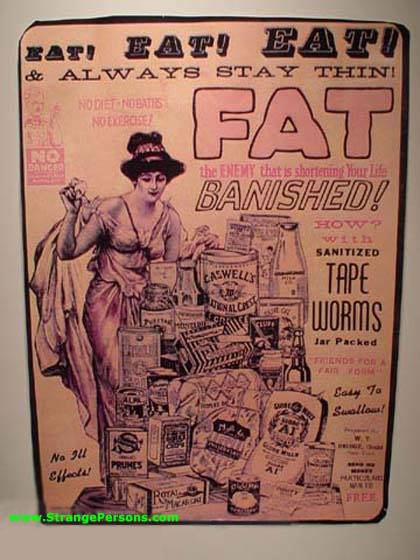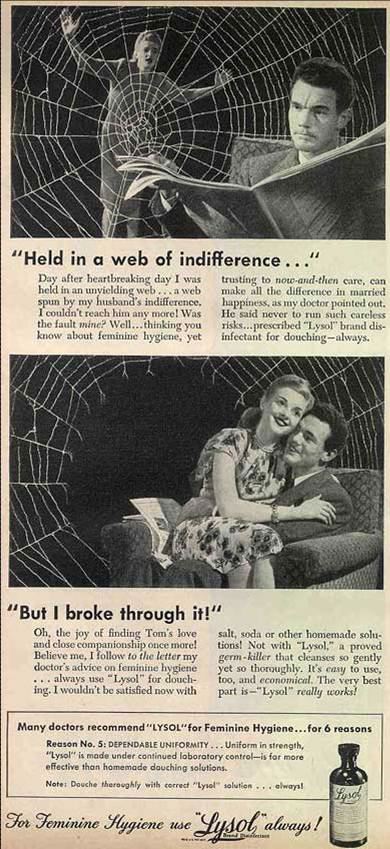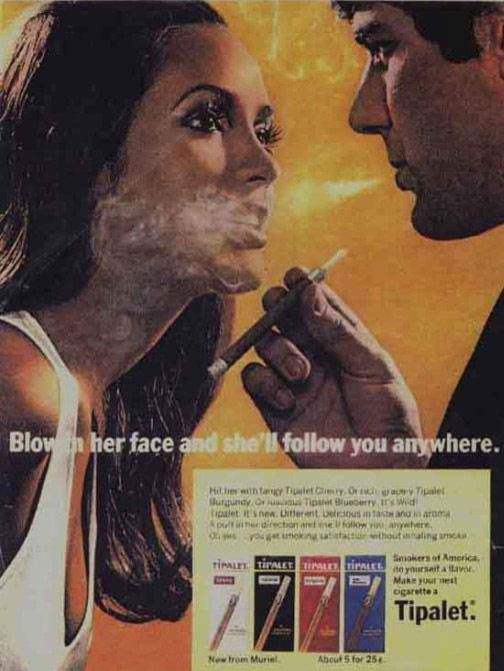|
Radschool Association Magazine - Vol 27 Page 14 |
|
Privacy Policy | Editorial Policy | Join the Association | List of Members | Contact us | Index | Print this page |
|
|
|
The Woomera Bomber of WWII.
The
Commonwealth Aircraft Corporation (CAC) was formed in 1936 when six
major Australian companies, among them BHP, ICI and GMH, got together with
the idea to provide Australia with the capability to produce
In 1935, prior to the incorporation of CAC, Wackett’s company, Tugan Aircraft, had led a technical mission to Europe and the USA to evaluate modern aircraft types and select a type suitable to Australia's needs and which would be within Australia's capabilities to build. The mission's selection was the North American NA-16. CAC acquired this knowledge and as a result, the NA-16, with CAC's modifications, became the famous Wirraway. CAC also undertook production of the Pratt & Whitney R-1340 engine used in the Wirraway and also built some propellers when supplies from alternative sources became problematic. With its first aircraft type the company thus became one of very few in the world that produced an aircraft fitted with engines and propellers made by the same company.
One of the most outstanding and ingenious designs of L.J. Wackett was a twin-engined attack aircraft. His design was for a low wing, twin engine, light bomber with a crew of three. The project commenced in June 1940, when the War Cabinet voted to allot to the CAC a sum of £50,000 ($100,000) for the development of a strike-reconnaissance bomber which could also be used in a dive-bombing role.
|
|
|
|
|
|
The project came about because of a perceived need to replace the Beaufort with an aircraft to meet the immediate needs of RAAF development specification no. 241. This called for an aircraft suitable for reconnaissance and general bombing, with a capability for torpedo delivery and dive bombing. Such a bombing platform was comparable to the throwing stick used by the Aborigines for delivering spears and, consequently, this all-Australian design appropriately became known as the Woomera.
Late in 1940, a mock-up of the Wackett CA-4 Woomera was constructed at CAC and several radical features were revealed. A Sperry automatic pilot was fitted and accommodation was provided for pilot, navigator/bomber, and wireless/air gunner. Six fuel tanks were an integral part of the centre section wing construction, causing headaches for the designers as this had never before been done on an Australian designed machine. The wings were of stressed skin construction, with the control surfaces being fabric covered aft of the spar, and dynamically balanced. The cockpit and nose of the aircraft were metal skinned, and the fuselage was canvas covered ply.
On completion, the Woomera was numbered in the prototype range, A23-1001, and the first flight was carried out by Flight Lieutenant 'Boss' Walker on 19 September 1941.
Subsequent tests by CAC pilot K. Frewin revealed that the aircraft's performance was equivalent to contemporary bombers and, in addition, it possessed a greater armament capability. Four 0.303 guns in the nose were operated by the pilot and two power-operated turrets, each with two 0.303 guns at the rear of both engine nacelles, were remotely controlled from the rear of the cockpit canopy, which was fitted with a sighting periscope. The engine nacelles also served as bomb-bays, each housing two 250 lb bombs. In addition, two torpedoes could be carried below the centre section and four 25 lb bombs under each outer wing. Either of the torpedos could be replaced by a 293 gallon drop tank or two 500 lb bombs. Thus the aircraft possessed a considerable strike capability and, with drop tanks, a very useful range.
|
|
Many years ago, a young woman, with a baby boy in her arms, entered a butcher’s shop and confronted the butcher with the news that the baby was his and asked what was he going to do about it? After much haggling, the butcher offered to provide the young girl with free meat until the boy was 16. She agreed. The butcher had been counting the years off on his calendar, and one day the teenager who had been collecting the meat each week, came into the shop and said, "I'll be 16 tomorrow." "I know," said the butcher with a smile, "I've been counting too, tell your mother, when you take this parcel of meat home, that it is the last free meat she'll get, and watch the expression on her face." When the boy arrived home he told his mother. The woman nodded and said, "Son, go back to the butcher and tell him I have also had free bread, free milk, and free groceries for the last 16 years and watch the expression on HIS face!"
|
|
In April, 1942, the RAAF accepted A23-1001 for military trials with an emphasis on dive-bombing aspects. The machine proved capable but had features that were unacceptable to the military, such as the remote aiming and firing system. However in competition with the Beaufort VIII it proved superior in speed, armament, ordinance carrying capacity and range, with similar handling. The Beaufighter came closer, but again lost to armament, load and range.
The initial flight tests showed disappointing response to the controls with the elevator being almost ineffectual and severe engine overheating. Despite this it was agreed that the aircraft's general handling was on par with contemporary machines. Testing and modifications continued and unexpectedly showed up another feature that Wackett claimed was deliberate, but which he had never mentioned before. During a flight to show the CA-4 to the prime minister and other defence officials, the undercarriage failed and a wheels up landing was made. The machine stopped in 100 yards with no structural damage, and only minor damage to the engines. In fact it was removed from the strip by lifting it onto its undamaged undercarriage and towing it away. Repairs only took two days, and inspection revealed that the failure had been caused by an act of sabotage.
On 15 January 1943, this aircraft was on a test flight to evaluate the fixed leading edge slats that had been installed to overcome the problem of the wing centre section stalling. It was being flown by Squadron Leader James H. Harper and on board were CAC test pilot James O. Carter as a passenger and CAC draftsman Lionel A. Dudgeon acting as flight observer. During this test flight, Harper reported a problem that required him to shut down an engine. When he activated the feather switch there was a large explosion and he suddenly found himself blown out of the aircraft. It would appear that a spark from the feathering switch had ignited the accumulated petrol in the bottom of the aircraft. Harper parachuted safely from the aircraft which was destroyed when it crashed 8 Klms south west of Kilmore, about 60 Klms north of Melbourne. Both Carter and Dudgeon were killed in the crash. Carter had attempted to parachute from the aircraft but had left it too late. Dudgeon's body was found inside the wreckage of the Woomera (right).
This aircraft had earlier been involved in a more minor accident at Fishermen's Bend. Sabotage was suspected for this earlier accident, as large amounts of swarf were found in the hydraulic system. Sabotage and the continuing fuel leak problems were on the list of possible causes for this more serious fatal crash. The integral fuel tanks often leaked and some of the fuel would run into the fuselage from the mid mounted wing and accumulate in the tail.
However, the RAAF had been sufficiently impressed with the design and ordered 105 of the updated version of the aircraft, the CA-11. Plans were made for production to begin with a delivery rate of 20 aircraft per month.
Sqn. Ldr. Cuming of 1 Aircraft Performance Unit (A.P.U) was brought in to test the CA-11 as he had flown the original CA-4. On one test flight, the pilot who flew chase in a Boomerang, noticed that the tailplane tips were vibrating through an arc of 6 inches, and that the whole of the fuselage rear of the navigator’s position was vibrating torsionally. This was obviously an aero-dynamic problem, but it had not shown up in wind tunnel tests. It was finally traced to the disturbance of airflow caused by the turrets on the rear of the engine nacelles striking the underside of the tailplane. The fin and rudder were then completely redesigned and the tailplane was given 12 degrees of dihedral which rectified the problem.
The updated CA-11 aircraft differed in detail from the prototype CA-4. The canopy was extended and the gunner sat in a moulded perspex sighting turret to operate the remotely-controlled rear nacelle guns. Forward armament consisted of two 20 mm cannons and two 0.303 guns, whilst a flexible-mounted Vickers G/O gun (G/O = gas operated) was installed below the fuselage. It had a maximum speed of 435 km/h (235kt) a range of 3218 km (1,725nm) (with torpedoes); Initial climb 579 m (1,900 ft)/min; absolute ceiling, 22,000 ft (6,705 m). Initially the CA-11 was powered by two 1,200 hp Pratt and Whitney R1830 Wasps, but was later fitted with two 1,300 hp Pratt and Whitney R2000 Wasps and re-designed CA-11A.
After exhaustive CAC trials, the CA-11A was transferred to the RAAF on 22 November 1944, but by this time American bombers were in plentiful supply and further production of the Woomera was discontinued instead, the factory started to gear up to manufacture the Mustang fighter. Finally, on 16 January 1946, approval was granted for A23-1 to be converted to components.
|
|
Adverts of old.
That politically incorrect and most irreverent ex-clock winder, Rob Meyer, (right), who for reasons better known only to himself, has decided to retire and live in the bush, down the bottom end of Tassie. He sent us these commercials which date from another time. Amazing…
|
|
|
|
|
|
|
|
|
|
|
|
|
|
|
|
|
|
|
|
|
|
Back Go to page: 1 2 3 4 5 6 7 8 9 10 11 12 13 14 15 16 17 18 19 Forward |
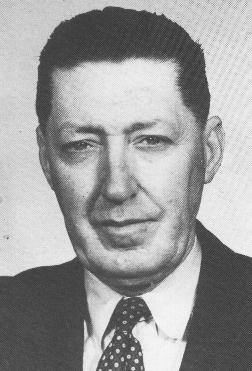 military aircraft and engines. Shortly after its establishment, CAC
acquired the
military aircraft and engines. Shortly after its establishment, CAC
acquired the
